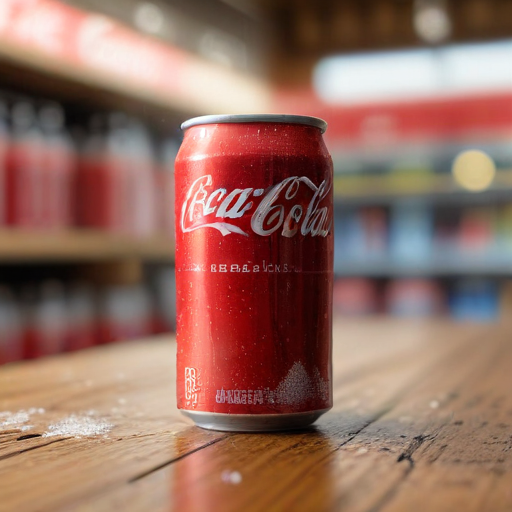In the U.S., the beverage market is witnessing a shift as consumers increasingly gravitate towards weight loss drugs and healthier non-alcoholic options, leading to a decline in soda purchases. Despite this trend, Coca-Cola reported strong second-quarter earnings, buoyed by robust global demand for its products, and subsequently raised its full-year guidance.
Coca-Cola’s CEO, James Quincey, expressed optimism regarding the company’s performance, emphasizing solid growth in both revenue and operating income amidst a dynamic market landscape. However, it is noteworthy that North America experienced a 1% decline in volume sales during the quarter. Quincey attributed this drop to weaker sales in out-of-home channels, encompassing a variety of beverages including soda.
The company acknowledged that this decline was offset by the popularity of its Fairlife milk and its flagship soda, Coca-Cola, which ranked first and second in retail sales growth, respectively. To counteract the downward trend, Coca-Cola is collaborating with food chains to integrate its sodas into combo meal deals, notably with McDonald’s to enhance its $5 meal promotion that includes a soft drink.
Overall, Coca-Cola outperformed Wall Street’s expectations with reported revenues of $12.4 billion, exceeding the forecast of $11.76 billion. In light of these results, the company revised its organic revenue growth forecast to between 9% and 10%, an increase from the previous estimate of 8% to 9%.
Simultaneously, Pepsi is also facing challenges in capturing the attention of U.S. consumers, who are increasingly favoring health-focused products. The company recently noted a subdued second quarter, attributing some of this to a series of product recalls.
In conclusion, while the beverage industry is undergoing changes due to shifting consumer preferences towards healthier options, major players like Coca-Cola are adapting and finding new ways to thrive. This adaptability reflects a positive outlook for the beverage sector, as brands innovate to meet the evolving tastes and values of their customers.
